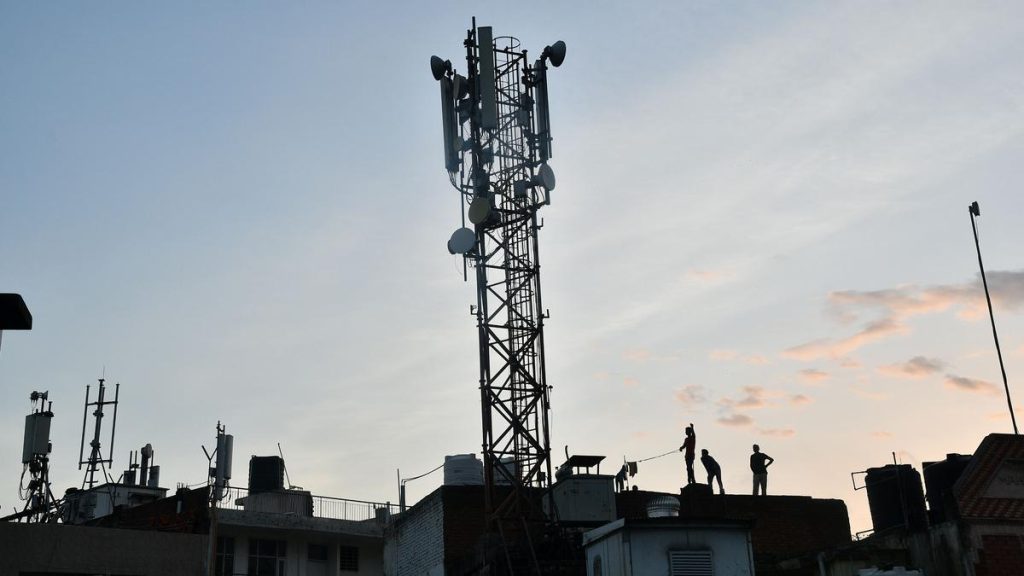
Image for representation.
| Photo Credit: The Hindu
The Coalition for Disaster Resilient Infrastructure (CDRI) recommended in a report and policy brief issued this week that coastal States like Tamil Nadu and Gujarat must take steps to protect their telecom assets from natural disasters. The CDRI is a multilateral organisation based in New Delhi that was launched by Prime Minister Narendra Modi at the 2019 UN Climate Action Summit.
The report comes as natural disasters occur more frequently as a result of climate change, and critical infrastructure is endangered by these calamities. Telecom networks are particularly vulnerable physically, and their outage affects rescue and relief efforts across other sectors too.
In the National and Sub-national Disaster Risk and Resilience Assessment Framework and Roadmap for the Telecommunications Sector, prepared with PwC, the CDRI writes that telecom towers should withstand wind speeds of 150 kmph to 250 kmph.
The Tamil Nadu field office of the Department of Telecommunications — run by the Union government — should map fibre optic cables in the State, and ships to repair undersea cables, the backbone of international internet connectivity, should be provisioned for quick deployment. Multiple cable landing sites across the coast must also be considered, the report says.
Fuel supplies should be ready to deploy in the event of a disaster too, the report says. A DoT official speaking to The Hindu said that this kind of intervention is particularly useful, as just ₹5 lakh worth of fuel can revive several key telecom towers in a district where the power grid has been knocked offline by a cyclone or flooding. In coastal areas prone to flooding, the report suggests that telecom operators elevate the diesel generators they use so that power backup isn’t compromised by just a few feet of water.
Another important piece of infrastructure the report recommends is Cells on Wheels: these are base stations mounted on a vehicle that can serve an area with disrupted signals, and several States have these in short supply, the report says, calling for additional procurement and provisioning by telecom operators.
Across all States, the report recommends drawing up a detailed list of telecom assets that were impacted, so that future disasters can benefit from better planning. Kerala was the first State to perform such an audit, the DoT official said, providing telecom operators and authorities with detailed information to plan for future outages.
“27% of telecommunication towers are vulnerable to high earthquake hazards across the country,” a policy brief accompanying the report said, adding that, “there is a need to ensure sufficient seismic resilience of these assets.” The report also recommends offering parametric insurance, a form of disaster relief that can be released to operators who suffer equipment damage in the event of a disaster.
Published – February 13, 2025 11:22 pm IST








